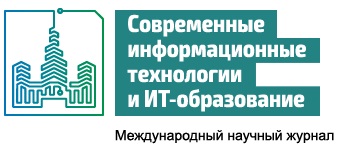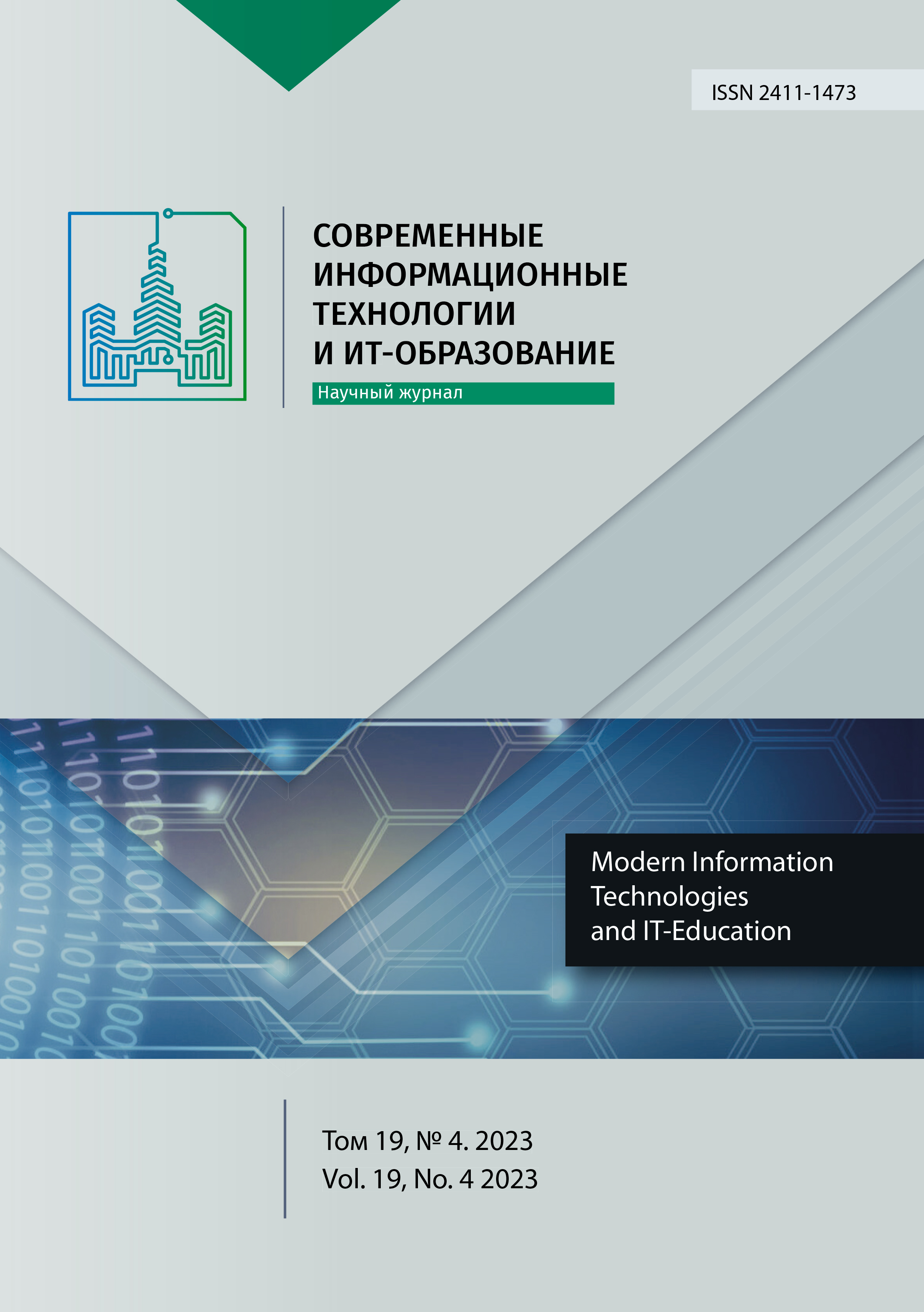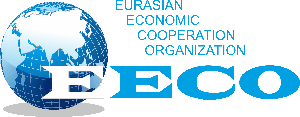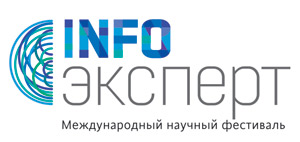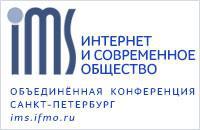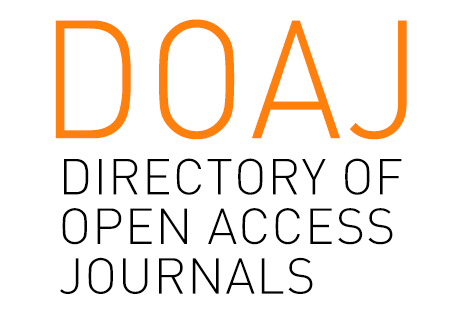Технологии создания сайта для мониторинга незаконного выброса мусора
Аннотация
В современном мире проблема мусора становится все более актуальной и важной. Одной из таких мер по борьбе с мусором является создание сайта, который позволит людям информировать друг друга о местах незаконного выброса мусора. Такой сайт может быть полезен как для жителей городов, так и для туристов, которые приезжают в различные регионы нашей страны.
Для упрощения процесса создания сайтов используются системы управления контентом (Content System Management, CMS). Это комплексная программы, позволяющие создавать и поддерживать интернет-проекты любой сложности. Данные системы упрощают разработку сложных сайтов, позволяя создавать их из готовых модулей путем изменения логики их работы и оформления внутри определенных пределов.
Одна из наиболее востребованных систем CMS - WordPress. Эта система проста в установке и позволяет эффективно взаимодействовать с поисковыми механизмами сети Internet. Целью работы является разработка сайта, позволяющего отмечать на карте места незаконного выброса мусора. Интерфейс сайта выполнен с помощью адаптивных технологий, поэтому он одинаково удобен для пользователей с любыми типами устройств от мобильных телефонов до компьютеров. Все технологии, используемые при создании сайта, находятся в открытом доступе и отвечают современным требованиям разработки, поэтому дальнейшие модификации могут быть выполнены без высоких трудозатрат.

Это произведение доступно по лицензии Creative Commons «Attribution» («Атрибуция») 4.0 Всемирная.
Редакционная политика журнала основывается на традиционных этических принципах российской научной периодики и строится с учетом этических норм работы редакторов и издателей, закрепленных в Кодексе поведения и руководящих принципах наилучшей практики для редактора журнала (Code of Conduct and Best Practice Guidelines for Journal Editors) и Кодексе поведения для издателя журнала (Code of Conduct for Journal Publishers), разработанных Комитетом по публикационной этике - Committee on Publication Ethics (COPE). В процессе издательской деятельности редколлегия журнала руководствуется международными правилами охраны авторского права, нормами действующего законодательства РФ, международными издательскими стандартами и обязательной ссылке на первоисточник.
Журнал позволяет авторам сохранять авторское право без ограничений. Журнал позволяет авторам сохранить права на публикацию без ограничений.
Издательская политика в области авторского права и архивирования определяются «зеленым цветом» в базе данных SHERPA/RoMEO.
Все статьи распространяются на условиях лицензии Creative Commons «Attribution» («Атрибуция») 4.0 Всемирная, которая позволяет другим использовать, распространять, дополнять эту работу с обязательной ссылкой на оригинальную работу и публикацию в этом журналe.
